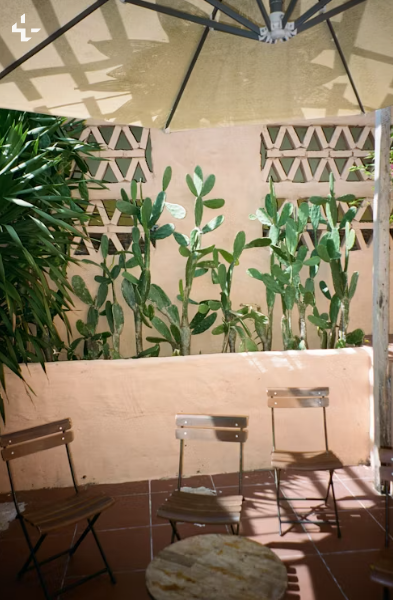
Native Shade Gardens: Cool, Calm, and Sustainable Spaces for Hotter Summers
Share
Native Shade Gardens: Cool, Calm, and Sustainable Spaces for Hotter Summers
With summer temperatures climbing across the U.S., homeowners are rethinking their sunny yards. The new goal? Create cool, shaded, and sustainable garden spaces that stay beautiful even in the heat.
In 2025, the biggest trend is the Native Shade Garden — a naturally balanced, low-maintenance landscape built with plants that thrive in partial or full shade while supporting local ecosystems.
1. Why Native Shade Gardens Are Trending
-
Climate Adaptation: U.S. regions are getting hotter and drier, so shade gardens conserve water naturally.
-
Eco-Conscious Design: Native plants attract pollinators and reduce chemical use.
-
Wellness Appeal: Shade gardens offer calm, restorative outdoor retreats — perfect for mindfulness and relaxation.
-
Social Buzz: TikTok and Pinterest are full of “cool garden corner” designs, showing how small shaded spots can feel like a personal oasis.
As a result, “shade garden ideas,” “drought shade plants,” and “native ferns” are all trending upward on Google this month.
2. What Makes a Shade Garden Work
A successful shade garden combines layered planting, natural textures, and gentle light. Instead of fighting shade, you work with it.
Layer 1 — Tall Canopy: Dogwood, redbud, or small ornamental trees create soft overhead shade.
Layer 2 — Mid-Level Texture: Hydrangea, azalea, or viburnum bring shape and seasonal blooms.
Layer 3 — Groundcover Magic: Native ferns, hostas, wild ginger, and creeping phlox fill the floor with lush greenery.
Add contrast with stone paths, wooden benches, or water bowls to reflect dappled sunlight.
3. Best Native Shade Plants for U.S. Gardens
-
Eastern Red Columbine (Aquilegia canadensis) – early spring blooms loved by hummingbirds.
-
Wild Ginger (Asarum canadense) – lush groundcover with heart-shaped leaves.
-
Christmas Fern (Polystichum acrostichoides) – evergreen foliage for year-round texture.
-
Foamflower (Tiarella cordifolia) – bright spikes of white blooms for contrast.
-
Wild Geranium (Geranium maculatum) – reliable color and soft mounding habit.
Each of these thrives under trees, along fences, or in side yards that rarely get full sun.
4. Design Tips for a Cool & Calm Shade Retreat
-
Embrace Texture Over Color: Focus on varied leaf shapes, not just flowers.
-
Use Natural Materials: Wood, stone, and moss enhance the tranquil look.
-
Add Movement: Ferns and grasses sway gently in low light.
-
Install Drip Irrigation: Keeps roots moist without waste.
-
Create Seating: A shaded bench or hammock turns it into a daily retreat.
Pro Tip: Combine deep greens with pops of chartreuse or silver foliage for contrast — the perfect formula for photographing your shade garden on Instagram.
5. Why U.S. Homeowners Love This Trend
✅ Low maintenance: Native plants handle local climates with minimal care.
✅ Water saving: Deep roots and natural mulch reduce irrigation needs.
✅ Cooling effect: Shade lowers ambient temperatures by up to 10°F.
✅ Wildlife friendly: Supports bees, butterflies, and songbirds.
✅ Beautiful year-round: Evergreen ferns and hostas keep texture even in winter.
